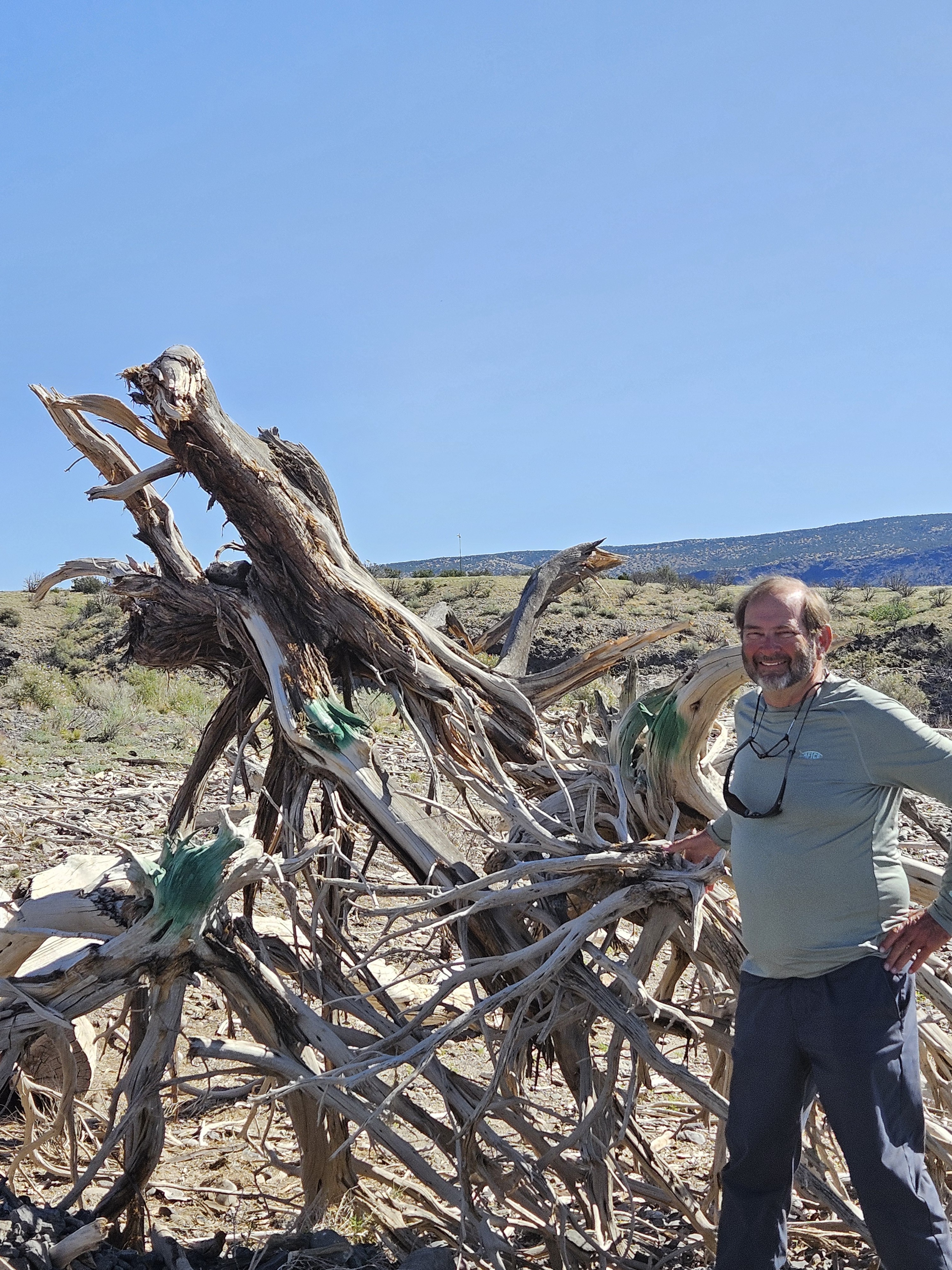
Cochiti Reservoir, spanning approximately 1,200 acres with a depth of about 100 feet, has historically supported a diverse range of fish species. This reservoir plays a crucial role in flood control, irrigation, recreation, and wildlife habitat. Over the years, it has become an essential habitat for various fish species, including bass, catfish, and trout. Cochiti Reservoir draws recreational anglers from hundreds of miles around and has become one of the most popular fisheries in the state due to its proximity to Albuquerque and Santa Fe. In addition, it provides angling and outdoor opportunities to the Cochiti Pueblo, whose tribal lands include the reservoir.
Cochiti Reservoir, spanning approximately 1,200 acres with a depth of about 100 feet, has historically supported a diverse range of fish species. This reservoir plays a crucial role in flood control, irrigation, recreation, and wildlife habitat. Over the years, it has become an essential habitat for various fish species, including bass, catfish, and trout. Cochiti Reservoir draws recreational anglers from hundreds of miles around and has become one of the most popular fisheries in the state due to its proximity to Albuquerque and Santa Fe. In addition, it provides angling and outdoor opportunities to the Cochiti Pueblo, whose tribal lands include the reservoir.
However, due to factors such as fluctuating water levels, sedimentation, and limited structural diversity, the fish habitats within the reservoir have faced significant challenges. Like many Western reservoirs, Cochiti Reservoir undergoes wide fluctuations in water elevation within a single year and across years, and its aquatic community must tolerate extreme drought and flood conditions. This water regime is not only stressful to biota, but also detrimental for the durability of physical fish habitat structures and plants. In addition, this stressful environment tends to provide an invasion opportunity to non-native species, including noxious plants like Eurasian water milfoil.
The Cochiti Reservoir Fish Habitat Improvement Project aims to enhance the structural complexity of the aquatic environment, improve spawning and feeding grounds for key fish species, and promote the overall health and diversity of fish populations. These efforts are essential to sustain the ecological balance and recreational fishing opportunities in the reservoir.
A $50,000 FY22 NFHP Grant was awarded, and work is still ongoing. This grant is directed towards the propagation of native aquatic and shoreline vegetation and fish habitat placement with an emphasis on spawning enhancement for both game and forage fish species.
A $40,000 FY25 NFHP Grant, which is a Cochiti Pueblo project (tribal project), has been forwarded to the NFHP Board for funding. This phase of the project will fully implement greenhouse modifications, aquatic and riparian plant nursery upgrades and re-vegetation efforts led by the Cochiti Pueblo in partnership with Sun Country Outdoors and the US Army Corps of Engineers. The project will improve native aquatic plant propagation capabilities at the Cochiti Pueblo.
The greenhouse propagation facility, located on tribal land, will propagate plants for both the Desert Fish Habitat Partnership and the Reservoir Fish Habitat Partnership.
Re-establishing native plant species in Cochiti Reservoir yields numerous benefits:
1) expansion of the physical structure needed by fish for cover and foraging,
2) replacement of noxious species such as Eurasian water milfoil which provide lower quality fish habitat,
3) potential buildup of a natural seedbank for plant expansion during favorable growing years,
4) stabilization of the sediment and shoreline, and
5) provision of more usable areas for anglers and boaters.
Partners:
- Pueblo De Cochiti
- U.S. Army Corps of Engineers
- New Mexico Department of Game and Fish
- Local Government Entities
- Environmental Organizations
- Private Sector Partners
- Reservoir Fish Habitat Partnership\NFHP
